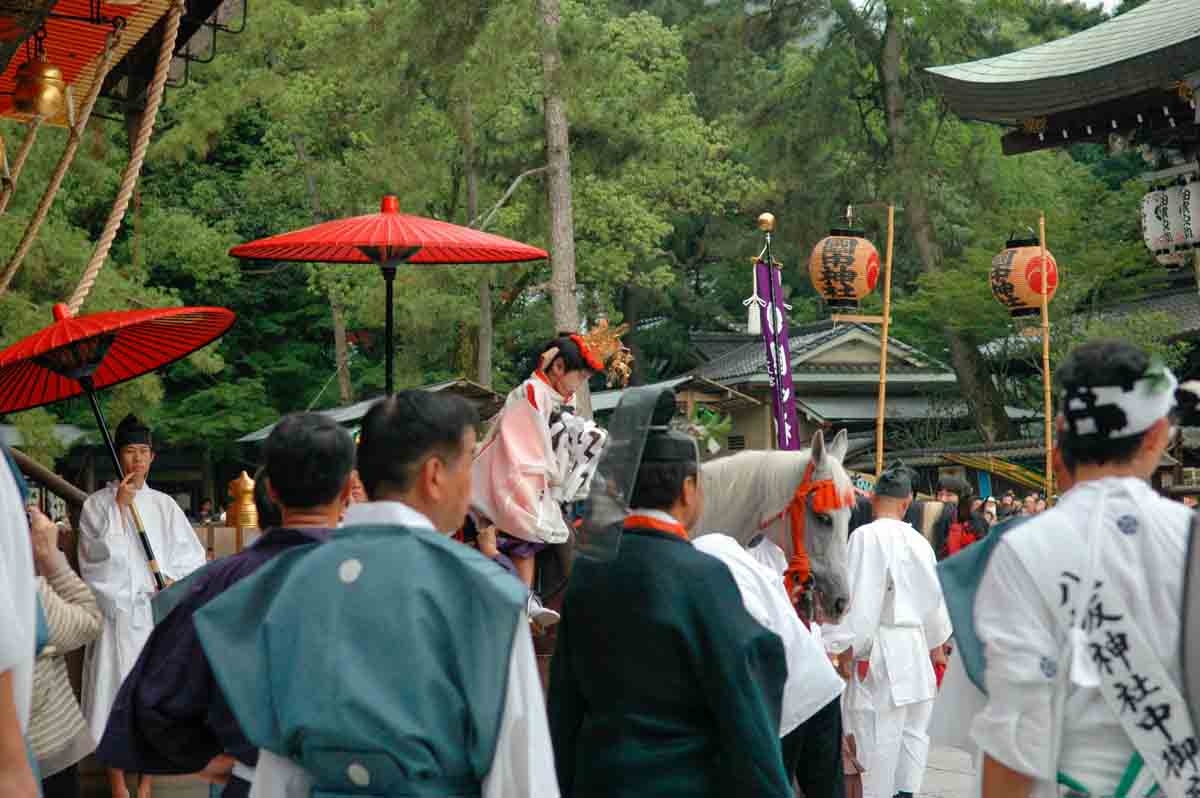The Gion Matsuri in Kyoto is a month-long celebration of culture, history, and tradition, highlighted by its grand Yamaboko Junko procession. Among the most captivating floats of the Saki Matsuri is the Ayagasa Boko—a vibrant and graceful float that tells stories of Japan’s ancient artistry and spiritual heritage.

A Legacy of Elegance and Simplicity
The Ayagasa Boko stands out from the other yamaboko floats in both form and function. Unlike the larger, towering floats of the procession, Ayagasa Boko is not a massive wheeled structure. Instead, it is a beautifully coordinated group of parasol bearers, performers, and musicians who move in harmony through the streets of Kyoto. The word "ayagasa" literally means “woven design parasol,” and that’s exactly what defines this unique float—a series of ornate umbrellas held aloft by bearers dressed in traditional Heian-period attire.
Though more modest in structure, Ayagasa Boko is rich in visual detail and cultural significance. The parasols are decorated with vibrant patterns and floral designs, while the bearers wear elegant garments that evoke Kyoto’s ancient imperial court.
Symbolism and Role in the Gion Festival
The Ayagasa Boko dates back centuries and is believed to have been originally created to ward off evil spirits and plague—much like the Gion Festival itself, which began as a purification ritual in response to an epidemic in 869. The parasols symbolize protection, beauty, and divine blessing, reminding spectators of the float’s spiritual roots.
Though Ayagasa Boko does not carry a large platform or deity like other yamaboko floats, it plays a vital ceremonial role. The float is accompanied by dancers and musicians who perform ritual movements and music that further cleanse the path and entertain the crowd. It’s a float that brings joy and lightness, captivating all who watch with its graceful choreography and colorful presentation.
Traditional Music and Dance
A highlight of Ayagasa Boko’s participation in the Saki Matsuri parade is the integration of traditional arts. Flute players, taiko drummers, and bell ringers provide the rhythmic background for the dancers who perform ancient routines passed down through generations. These performances add a musical heartbeat to the float’s procession and reflect Kyoto’s deep appreciation for cultural continuity.
The float also features sword bearers and attendants, all dressed in traditional clothing. The coordination of movement, music, and visual design makes Ayagasa Boko one of the most aesthetically pleasing and spiritually resonant floats of the entire Gion Matsuri.
A Living Tradition
To see Ayagasa Boko is to witness a living tradition that thrives in modern Kyoto while remaining deeply connected to its ancient origins. It may not be the largest float in the parade, but it is certainly among the most graceful and meaningful. For visitors and locals alike, Ayagasa Boko offers a gentle reminder of the harmony between beauty, ritual, and history.
As you stand along the Gion Festival route and see the Ayagasa Boko glide by, parasols gently swaying, it’s easy to feel the centuries of culture that have kept this festival alive and vibrant.
Read More: www.gionfestival.org/yamaboko-floats/saki-matsuri/ayagasa-boko
Comments
Post a Comment